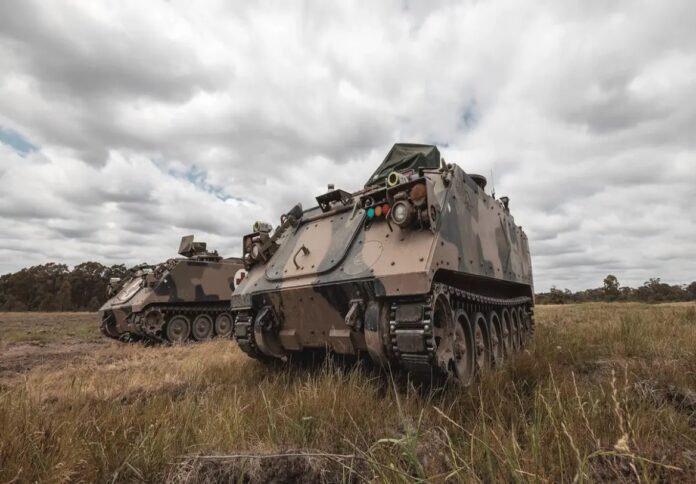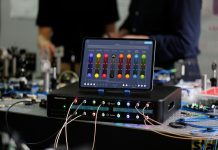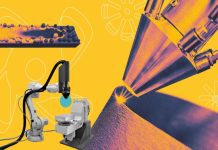
BAE Systems Australia and Trusted Autonomous Systems (TAS) have developed the TAGVIEW (Trusted Autonomous Ground Vehicles in Electronic Warfare) system, marking progress in providing the Australian Army with cutting-edge autonomous capabilities.
Following a four-year research and demonstration program, the companies said TAGVIEW represents an advanced Artificial Intelligence (AI) system designed to empower multiple uncrewed ground vehicles (UGVs) to execute mission objectives while navigating and evading potential threats.
Leveraging a modular design and seamlessly integrated with BAE Systems’ autonomous Vehicle Management System, TAGVIEW offers compatibility with a diverse range of UGV platforms.
Equipped with state-of-the-art technologies including optic cameras, LiDaR (Light Detection and Ranging), and internal navigation systems, TAGVIEW simplifies user control and enhances operational effectiveness.
During the demonstration phase, TAGVIEW was deployed on several M113 Optionally Crewed Combat Vehicles (OCCVs), undergoing rigorous testing across a spectrum of scenarios including relocation missions, logistical operations, and sweep search tasks.
Andrew Gresham, BAE Systems Australia’s Defence Delivery Managing Director, expressed pride in the collaborative achievement.
“We continue to push the boundaries of science and technology to provide Australia and our allies with a capability advantage on a future battlefield.”
He continued, “TAGVIEW has been a unique collaboration, bringing together the strengths of Defence, industry, and academia to fast track the development of transformative autonomous technology.”
Dr Simon Ng, chief technology officer of Trusted Autonomous Systems, highlighted the significance of collaboration in achieving innovation for Defence, underscoring the diverse expertise pooled from industry, researchers, and Defence Science and Technology Group (DSTG).
Lieutenant Colonel Rachael Ayoub from the Australian Army’s Robotic and Autonomous Systems Implementation and Coordination Office (RICO) emphasised the critical role of autonomous capabilities in protecting soldiers while enhancing operational efficiency.
“The successful demonstration on the M113s shows that through enhancing or augmenting our existing capabilities, we can create trusted autonomy and extend functionality,” Ayoub remarked.
Funded by the Commonwealth of Australia and spearheaded by TAS, Australia’s first Defence Cooperative Research Centre (CRC), the TAGVIEW program engaged key stakeholders including the University of Melbourne, the University of Adelaide’s Australian Institute of Machine Learning (AIML), and DSTG.
Professor Chris Manzie from the University of Melbourne lauded the collaborative effort between academia and industry, emphasising the role of research in supporting national interests. Professor Ian Reid from the University of Adelaide’s AIML highlighted the pivotal role of computer vision and machine learning in enabling autonomous vehicle operations.
Associate Professor Rob Hunjet from DSTG hailed TAGVIEW as a prime example of successful partnerships driving innovation in autonomy, particularly in perception and path planning.




















